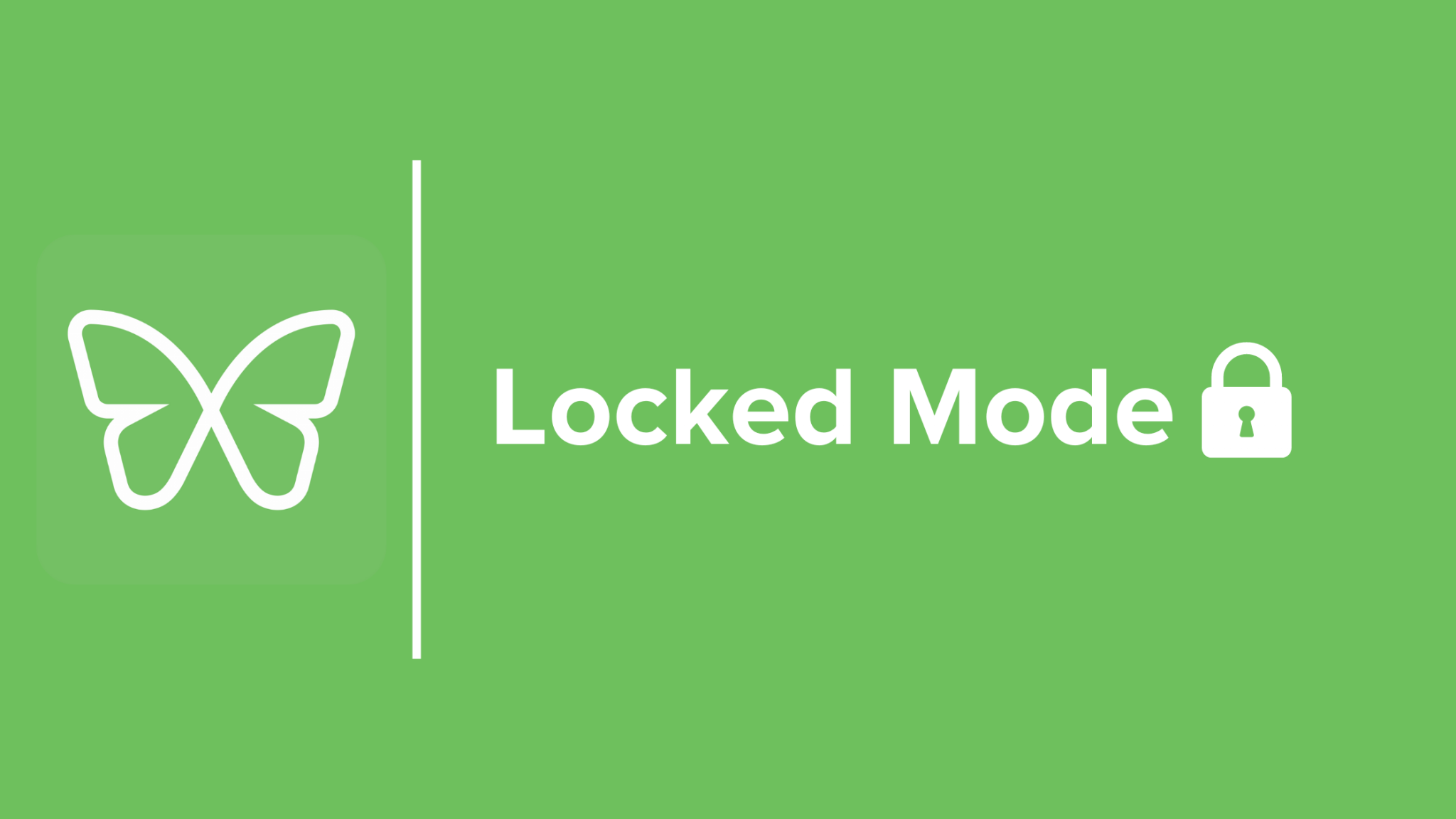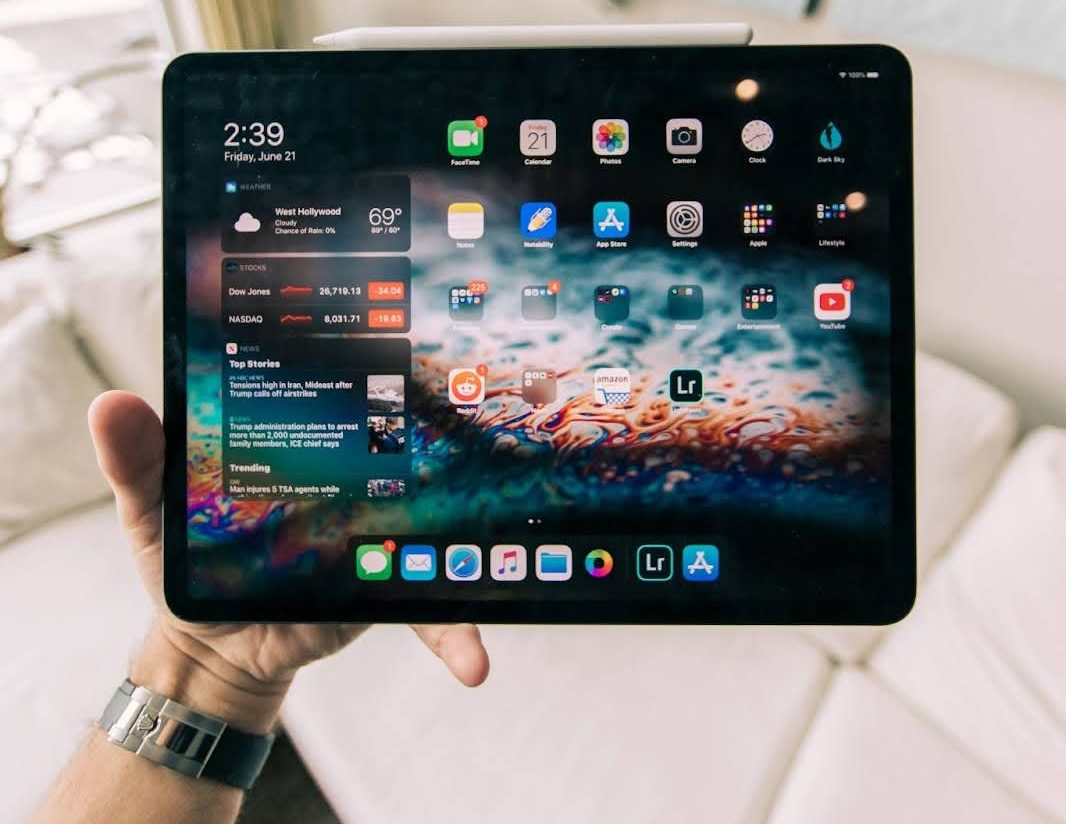The Science Behind Social Media Addiction and How to Break Free

When your phone alarm wakes you up, you immediately open X for news updates. When you sit down to eat, you scroll through Instagram to accompany your meal. When you’re at work, a YouTube video plays in the background. When you get home, you spend the evening watching TikToks on the couch. As you lay in bed, you pop through Pinterest to add to your boards.
If you find yourself unable to resist social media during your daily life, you may be struggling with compulsive use. Stanford researcher Dr. Anna Lembke, author of Dopamine Nation: Finding Balance in the Age of Indulgence, argues social media has built-in mechanisms that encourage addiction.
“What the invention of the hypodermic needle was to morphine addiction, the invention of the smart phone was to behavioral addictions (addictions involving a behavior rather than a drug): pornography, gambling, gaming, shopping, tweeting, Facebooking, doomscrolling … the list goes on,” she writes.
Addiction or Compulsion?
But how susceptible are we to becoming addicted? According to Nir Eyal, author of Indistractable: How to Control Your Attention and Choose Your Life, social media is not addictive.
“Not all addictions are created equal,” Nir Eyal wrote in a response to Dr. Lembke. “Even if we admit that addiction impairs people’s abilities to choose not to use a substance or engage in a behavior, that impairment comes in degrees. If people have trouble controlling their social media use, they don’t lose control to the same degree that alcoholics or heroin addicts do. ”
Dr. Lembke pushed back that no matter whether people struggle with addictive behaviors or substances, anyone has the capacity to begin taking control of their life again.
“Mr. Eyal gives both too much credit to people with social media addiction and too little to people with alcohol addiction. People with alcohol addiction have been ‘putting down the bottle’ for centuries. It is possible to choose to stop drinking – with enormous effort, planning, and often the help of other human beings – and also be severely addicted,” Dr. Lembke wrote. “Likewise people addicted to their phones cannot stop clicking and swiping without effort and planning, in the form most often of intentional physical and metacognitive barriers: removing apps, limiting the duration of use, locking the device away for a period of time.”
The Neurochemistry of Constant Social Media Use
According to Dr. Lembke, addictive drugs and behaviors release significant amounts of dopamine in the brain’s reward pathway, creating a “high.” Because intoxication is not the natural state, the brain responds by re-regulating homeostatic mechanisms to bring us “down” again. By reducing dopamine production, the brain enters a dopamine deficit state, which is why feelings of depression can occur when the user is not engaging with the addictive behavior or drug.
“When my patients come into my office seeking help, they are compulsively engaging in behaviors on the Internet for hours each day, days at a time, to the exclusion of many other activities, including basic self-care,” Lembke writes. “They derive little or no pleasure from these activities yet are unable to stop even when they want to. They feel unreal, anxious, depressed, and in some cases suicidal.”
Social media triggers the release of dopamine through a variety of mechanisms. When we see a new notification, comment, or like on our posts, this social validation lights up the brain’s pleasure centers.
“Social media too has the potential to be an addictive drug by tapping into our intrinsic need to connect with other humans. We are social animals. Our brains incentivize us to connect by releasing a spike of dopamine when others ‘like,’ validate, or praise us,” writes Dr. Lembke.
However, the sense of connection that often attracts users to social media can quickly turn into a constant search for more dopamine through social engagement, constant comparison with others, a necessity for external validation, and lowered self-esteem.
“[My patients] are typically alone and lonely, a paradox since many of the behaviors they’re engaging in online are presumably about connecting to other people,” Dr. Lembke writes. What is happening here is they’re in a dopamine deficit state – clinically analogous to a deep depression – and they’ve lost the ability to choose not to use. “
Are You Hooked?
Social media companies have mastered the ability to manufacture desire within its users and “hook” them into compulsive use. Mr. Eyal formulated the idea of the Hooked model in his book Hooked: How to Build Habit-Forming Products to describe how the four phases of habitable user engagement.
First, the trigger lures the user to the platform. Triggers may be external, like a notification, link, or app icon. As users cycle through these hooks, they form associations with internal triggers, like an emotion or behavior. Over time, users are internally triggered to engage with a platform. Soon you habitually open Facebook anytime you feel bored or stressed. That click is phase two: the action.
“Here, companies leverage two pulleys of human behavior – motivation and ability,” Mr. Eyal writes. To increase the odds of a user taking the intended action, the behavior designer makes the action as easy as possible, while simultaneously boosting the user’s motivation.”
Once the user takes the action to engage with the platform, they’re met with a barrage of variable rewards that create desire. A funny video among the sea of boring content triggers dopamine, and it’s enough to keep users online in search of the next dopamine-inducing content.
“Research shows that levels of dopamine surge when the brain is expecting a reward, just ask any primate. Introducing variability multiplies the effect, creating a frenzied hunting state, activating the parts associated with wanting and desire. Although classic examples include slot machines and lotteries, variable rewards are prevalent in habit-forming technologies as well.
Finally, users need to invest in the platform through time, attention, money, or data. Now you’ve signed up to the platform and invited friends. As you add content, comment on others, and grow your followers, you inadvertently create new feedback loops that will keep you more likely to return to the application.
The ethics of these habit-forming models has also been hotly contested in documentaries such as The Social Dilemma. But we can’t just sit around and wait for Congress to imply stronger laws. Whether you agree with Dr. Lembke’s view that social media addiction is real, or prefer Mr. Eyal’s perspective on compulsive social media use, there’s a variety of strategies that can be taken to break your dopamine dependence on these platforms.
Do You Have Dopamine Dependence?
Like any behavior, there’s a fine line between casual use and compulsive use. So how do you know if you’re hooked on social media? Here’s a few behavioral, emotional, and cognitive indicators:
- You devote more than the average 2 and a half hours spent on social media per day.
- You begin to neglect real-life responsibilities, like washing dirty dishes, cooking nourishingnourshing meals, tidying your room, and spending time with friends and family.
- You feel stressed, anxious, or irritated when you are unable to access social media due, especially in public spaces.
- You have felt a decline in overall well-being since you began increasing your use of social media.
- You think obsessively about staying updated on posts, who’s messaging you, how many likes your posts receive, or how many followers you have on social media.
- You have difficulty concentrating on offline activities.
Strategies to Break The Habit
Dr. Lembke suggests three ways that we can bind ourselves from our addictions – self-binding, time-binding or categorically binding. Self-binding uses literal and metacognitive barriers between ourselves and social media to be mindful of the desire to consume before actually consuming. For example, you can write down any time you want to log onto social media, and keep your phone in the other room when you want to concentrate.
Then there’s chronological-binding, where you set a limit on the amount of time you abstain from social media. Dr. Lembke suggests taking a month-long social media detox to restore natural dopamine states.
“Simply abstaining from our drug of choice gives our brains time to heal, restoring baseline homeostasis and reconnecting our frontal lobes to our limbic-lizard brain,” Dr. Lembke writes. “We regain the capacity to take joy in more mundane pleasures, and most importantly, to choose to use … or not.
You can slowly return from your dopamine detox with stronger boundaries that can keep you from falling back into compulsive use, like only agreeing to log onto social media after 6pm. Finally, categorical binding also sets limits for particular categories: for example, only choosing to have one or two social media accounts instead of five, or designating particular spaces in the house as social media-free zones.
Nir Eyal encourages mastering your internal triggers. When you have the urge to open social media, identify the feeling behind the desire, and write it down. Make a log of distractions so over time you begin to understand your own patterns and can better manage them. Explore the emotion preceding your distraction, whether it’s anxiety or sadness.
“As a way to start mastering internal triggers, I suggest the 10-minute rule. When you get tempted by a distraction, tell yourself, “I can give in to that distraction in just 10 minutes.” For example, the next time you feel the urge to check Twitter, set a timer for 10 minutes, and don’t touch Twitter until the timer is up,” Mr. Eyal writes.
By timeboxing, you can become more intentional with your time, according to Mr. Eyal. You can schedule your work responsibilities, creative projects, social activities, and social media time. This will allow you to better re-engage with hobbies and interests while improving and building real-world connections.
“Love playing video games? Great! Make time for it on your calendar as well. The time you plan to waste is not wasted time,” writes Nir.
Utilizing Technology for Detox
Nir Eyal also recommends removing external triggers as much as possible. Disabling notifications is a great first step, but you can also use tech to help remove the temptation. The News Feed Eradicator removes the highly distracting News Feds from Facebook, while Distraction Free YouTube scrubs ads and recommended videos.
But if you want to go on a dopamine detox, it can be easier said than done. That’s where digital tools like Freedom can help to block entire websites and apps for scheduled periods of time. Freedom allows users to create customized blocklists and recurring schedules so you can stay on track with your morning detox or keep yourself fully blocked out of social media for 30 days.
“I use Freedom to automatically block social media for most of the workday, and block my email before 9 am. If I rely on my own willpower to stay away from internet distractions I’m hopeless,” wrote author and freelance copywriter Jessie Kwak.
Rebalance Your Dopamine
Whether you opt for time-binding social media detoxes, or minimizing external triggers before engaging with social media, digital tools like Freedom can help keep you accountable to your goals to break free of social media addiction. As you begin to regulate your compulsive usage, your dopamine levels will fall and eventually rebalance to normal as your brain gets used to receiving dopamine from fulfilling real-life activities like exercise, pottery, and dinner dates with friends. And there’s nothing more fulfilling than a life well-lived.
Written by Lorena Bally


